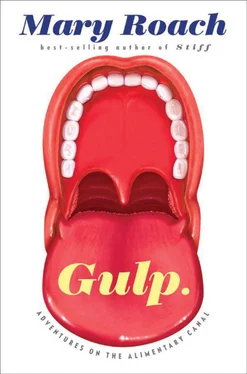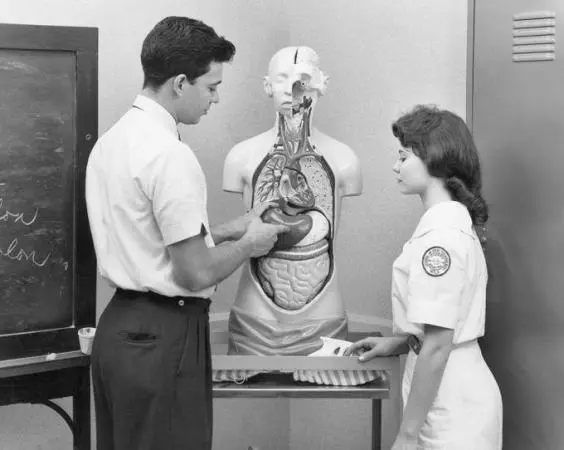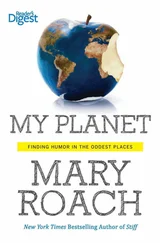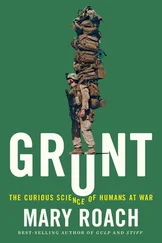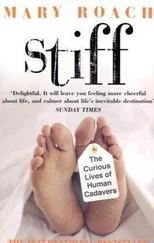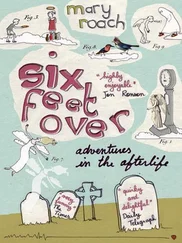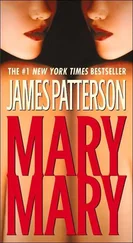Mary Roach - Gulp
Здесь есть возможность читать онлайн «Mary Roach - Gulp» весь текст электронной книги совершенно бесплатно (целиком полную версию без сокращений). В некоторых случаях можно слушать аудио, скачать через торрент в формате fb2 и присутствует краткое содержание. Год выпуска: 2013, Издательство: W. W. Norton & Company, Жанр: sci_popular, Медицина, на английском языке. Описание произведения, (предисловие) а так же отзывы посетителей доступны на портале библиотеки ЛибКат.
- Название:Gulp
- Автор:
- Издательство:W. W. Norton & Company
- Жанр:
- Год:2013
- ISBN:нет данных
- Рейтинг книги:5 / 5. Голосов: 1
-
Избранное:Добавить в избранное
- Отзывы:
-
Ваша оценка:
Gulp: краткое содержание, описание и аннотация
Предлагаем к чтению аннотацию, описание, краткое содержание или предисловие (зависит от того, что написал сам автор книги «Gulp»). Если вы не нашли необходимую информацию о книге — напишите в комментариях, мы постараемся отыскать её.
) takes us down the hatch on an unforgettable tour. The alimentary canal is classic Mary Roach terrain: the questions explored in
are as taboo, in their way, as the cadavers in
and every bit as surreal as the universe of zero gravity explored in
. Why is crunchy food so appealing? Why is it so hard to find words for flavors and smells? Why doesn’t the stomach digest itself? How much can you eat before your stomach bursts? Can constipation kill you? Did it kill Elvis? In
we meet scientists who tackle the questions no one else thinks of—or has the courage to ask. We go on location to a pet-food taste-test lab, a fecal transplant, and into a live stomach to observe the fate of a meal. With Roach at our side, we travel the world, meeting murderers and mad scientists, Eskimos and exorcists (who have occasionally administered holy water rectally), rabbis and terrorists—who, it turns out, for practical reasons do not conceal bombs in their digestive tracts.
Like all of Roach’s books,
is as much about human beings as it is about human bodies.
15 illustrations Amazon.com Review
Review An Amazon Best Book of the Month, April 2013
Stiff
Bonk
Spooked
Packing for Mars
Gulp
—Mari Malcolm “Fans of lively writing will be delighted by the newest monosyllable from Mary Roach. Once again Roach boldly goes where no author has gone before, into the sciences of the taboo, the macabre, the icky, and the just plain weird. And she conveys it all with a perfect touch: warm, lucid, wry, sharing the unavoidable amusement without ever resorting to the cheap or the obvious. Yum!”
(Steven Pinker, author of
and
) “Mary Roach put her hand in a cow’s stomach for you, dear reader. If you don't read
, then that was all for nought. Plus, you'll miss out on the funniest book ever written about guts.”
(Carl Zimmer, author of
and
) “As probing as an endoscopy,
is quintessential Mary Roach: supremely wide-ranging, endlessly curious, always surprising, and, yes, gut-wrenchingly funny.”
(Tom Vanderbilt, author of
) “Starred review. Roach’s approach is grounded in science, but the virtuosic author rarely resists a pun, and it’s clear she revels in giving readers a thrill—even if it is a queasy one. Adventurous kids and doctors alike will appreciate this fascinating and sometimes ghastly tour of the gastrointestinal system.”
(
) “Starred Review. For all her irreverence, Roach marvels over the fine-tuned workings and ‘wisdom’ of the human body, and readers will delight in her exuberant energy, audacity, and wit.”
(
) “Starred review. Filled with witty asides, humorous anecdotes, and bizarre facts, this book will entertain readers, challenge their cultural taboos, and simultaneously teach them new lessons in digestive biology.”
(
)
